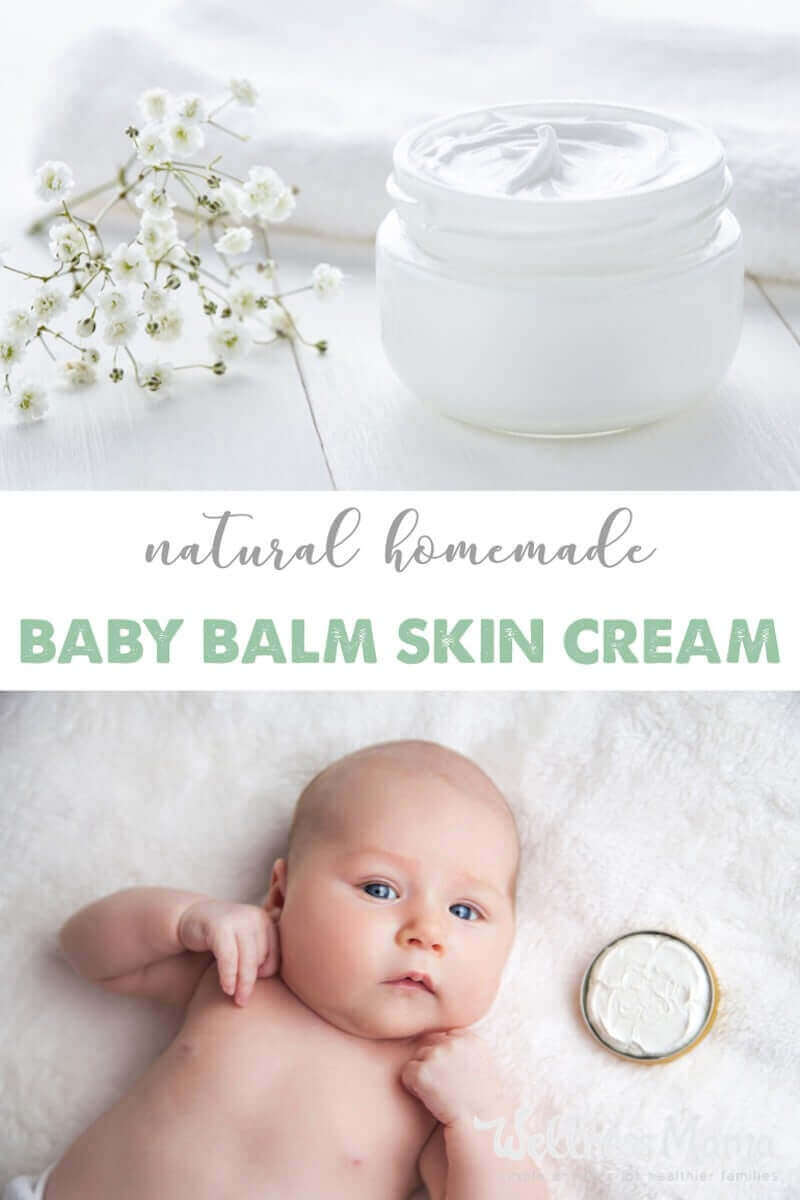The Competition Commission took a long time to wrap up its investigation into anti-competitive practices in the grocery retail market.
But its recommendation in the 650-page report that mall owners and supermarket chains should immediately phase out exclusive lease arrangements is most welcome.
For years SA’s biggest grocery retailers have downplayed the inherently anti-competitive and damaging nature of exclusive lease agreements, which essentially means they call the shots on who can rent out space in a shopping mall.
To the likes of Shoprite, Checkers, Pick n Pay and Spar it is simple: they have the prestige and name recognition to attract a broad cross-section of the shopping public, benefiting smaller less well-known stores and making the center itself commercially viable. So, they argue, they have to be compensated with arrangements that prevent other competing retail chains from opening outlets in the same mall. For good measure, lenders will be reluctant anyway to fund a shopping mall development if a tenant with such broad appeal is not tied down with a lease lasting at least the duration of the loan.
However, the Competition Commission’s painstaking research and extensive consultation over the last four years have shot massive holes in these lines of argument.
It would be irresponsible for a supermarket chain to sign a long-term lease without having invested a fair amount in research to work out if the area had enough disposable income to support its outlet. In addition, they further reduce the risk of losing money by negotiating lower rentals.
Property developers do not build shopping malls blind to the economic prospects of the region or town. Granted, it is not unreasonable to surmise that their chances of securing a bank loan will be greatly enhanced if they have an anchor tenant firmly in place. But it’s only part of a range of risk assessment processes to realistically assess the ability of a developer to pay back the loan.
In a sense, as the Commission rightly points out, big grocery chains are transferring the risk of opening new stores to property developers and smaller retailers within a mall as the landlord squeezes less well-known stores for higher rents to cover the cost of granting a rental discount to the anchor tenant.
Given that most consumers do their shopping at malls, emerging challenger chains such as Choppies, Botswana’s biggest grocery chain in the middle of exiting SA, OBC and Fruit & Veg City are competing from the sidelines, and the consumer is robbed of a wide variety of choice.
If anyone has learned the harsh lesson of trying to expand their food offering in SA shopping malls, it is Massmart, the struggling retailer in which the world’s biggest retailer, Wal-Mart, bought a controlling stake eight years ago.
When shareholders fretted about how much their grocery chains stood to lose from Wal-Mart, which is renowned for budget-friendly prices, their executives were probably losing sleep over a lot of things. But Wal-Mart was not one of them. Massmart has struggled to roll out groceries to take on the industry leaders, leaving it as a predominantly electronics store chain despite setting out a price and margin strategy to lure customers to its stores. It couldn’t crack it from its several Makro stores, which are located outside major shopping centers and attract consumers who are primarily looking for big-ticket items such as televisions, fridges, and lawnmowers. The truth is supermarket chains wield substantial influence: shopping center development plans can be held up until they have their way and a landlord needs their say-so before renting out space.
While that dominance has created world-class grocery chains, it has excluded widespread participation in the retail sector and undermined the broader national goal of facilitating transformation and economic inclusion.
The investigation has been a long time coming. As property developers have an opportunity to voluntarily rein in the influence of grocery retailers, we move to the next inevitable step: make the exclusive mall leases practice illegal.



















 Always start constructing your burger with a lightly grilled bun
Always start constructing your burger with a lightly grilled bun



